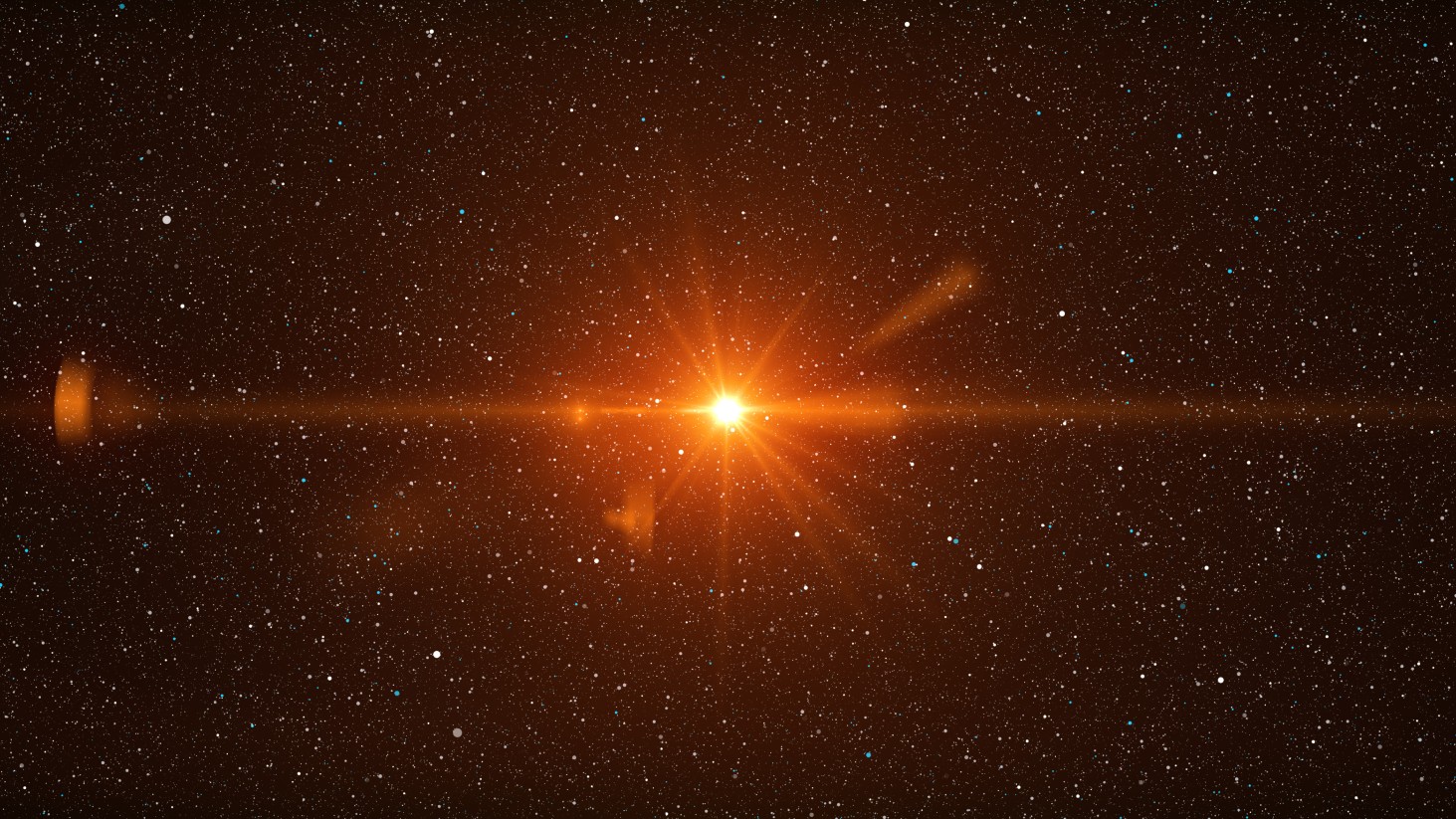Heather Heying knows that a true understanding of the world comes not from the answers alone. Sure, they help, but the questions are of equal importance. And the right questions can make science that much more appealing and three-dimensional. You can follow Heather on Twitter here.
Heather Heying: I started most of my programs, when I was teaching, with an exercise that I call 20 Questions, which I borrowed in part from the Organization for Tropical Studies, which does this exercise with graduate students who it’s got in Costa Rica or other tropical field sites.
It involves taking people out—you have to have access to nature, you have to have access to a fair bit of nature—Taking people out and asking them in advance to just take out pen and paper; no phone, water if they need it but no food. Promise them that they’re not going to die out there, and be true to your promise, make sure that you don’t abandon them.
You take people out and you drop them in some spot, and if you have a group of people you drop them out of sight of one another and you say, “Sit here for two hours. I will be back in two hours. But for these two hours just sit here and be, and let your senses start to tell you what you’re experiencing.”
For a while (and depending on how long it’s been since you’ve really spent time in nature), it’s just going to be your brain yammering at you telling you that you have things to do, this is a waste of your time, that you’re bored, that you wish you weren’t being told to do this.
At some point, two hours is usually long enough for that to fade away.
And so the instruction is let that all that wash over you, but try then to start watching and hearing, and smelling if you like, what it is that is going on around you.
And at whatever point you feel like it start writing down questions that you have about what you’re experiencing. The goal is to write down 20, but if you write down five that’s fine, if you write down 40 that’s fine too, and try to make the questions be about what’s going on external to your head as opposed to questions that your own brain is generating that has nothing to do with what you’re actually experiencing right now.
So, people spend two hours out in nature doing this and I’ve done this in the Pacific Northwest, I’ve done it in the San Juan Islands, in the high desert of Washington, in Ecuador, in Panama, in the Amazon, all sorts of places, and you get different results in each of these places, because the questions that people can ask when there are parrots around (versus mountains) are quite different.
But you pick them up you say “Okay you're free now.” And you're free “either for the rest of the day and we’ll come back together bring your questions tomorrow”, or “at least for a few hours, like you don't have to think about this but go just let this percolate.”
We come back together, say it’s in the afternoon of the same day, you break people up into groups four or five and say, “Okay give your questions to the person on your left and have them choose their favorite question from your list, and you choose your favorite question for the list.” And so in a group of five end up with ten questions that people really, really like that they had written down.
And now start to categorize them.
In the case of an educational environment that’s about discovering evolutionary truths I tend to ask them to categorize questions on the basis of, is this a factual question?
Is it a ‘what is’? “What was that bird?” “What is the name of that cloud formation?”
Is it a ‘how’-style question, a proximate question? Like “How does the bird find the flower?”
Or is it a ‘why’-style question, an adaptive question, an ultimate level question? “Why is that bird moving back-and-forth between those two flowers the entire time I was here?”
And so you have the students categorize, which begins to establish borders around types of questions. And you can begin to see that the “what” questions are the kinds of questions that with the right expert or the right search term you can pretty quickly answer, the kinds of questions that people who are newly spending time in nature are going to ask about, “what is that,” are probably answered already out there by someone and probably a lot of people know the answer to and it’s discoverable, and it doesn’t go very far very interestingly. “What is it?” We’ve got a name for it. There you go. Move on.
But the “how” and the “why” questions are where we can really start to explore how we know what’s true, how we make claims of truths. This is the basis of epistemology: how is it that we make claims of truth, and how would we begin to know if what we think is true is actually true?
And so this is the beginning of the scientific method. This is: begin with observation; pose a question; figure out what the hypothesis would be that would answer a particular question; and then figure out how we would begin to address that hypothesis. That is a scientific approach to questions that could just be addressed any number of ways.
So I have people spend an hour, and hour and a half sometimes doing this in small groups, and then we share and then they write these down on posters, and then we go around and talk about some of the best ones from each group. And it’s amazing. It is high energy.
So in a class of 25 or 50—in a group of 25 or 50 people it’s too much really, it would be better in a group of 10 or 15 probably—But still it would be high energy because everyone is vested.
Everyone has a question that they really think is theirs and they also interestingly almost always have an answer they think is right, whether or not they have any basis to think it’s right. They haven’t done the science, they haven’t actually gone out and tested the hypothesis, they’ve done the first parts of the science (they’ve made an observation, they asked a question, they posited an explanation, which is a hypothesis that might answer that question, but they haven’t yet gone out and tried to figure it out), but they are really sure.
And so to watch the sureness in the room come face-to-face with other people who haven’t yet considered the question who on the spur of the moment come up with alternate explanations is both an exercise in how science is done and how we come to understand what things are true and what things aren’t, but also an exercise in watching human dynamics about how someone—who yesterday didn’t care about this thing at all—now is so sure and is so intricately tied their identity to this thing being true, whether or not it is, that they can end up yelling at someone who is just saying, “Maybe it’s this instead.”
And so you actually begin to get real group cohesion out of the chaos of people disagreeing sometimes stridently, sometimes angrily with one another, because all it takes is a step back to say “Okay, how would we know? Why do you care so much? Why is this about emotion right now, as opposed to ‘let’s figure out how we would actually come to know’?”





